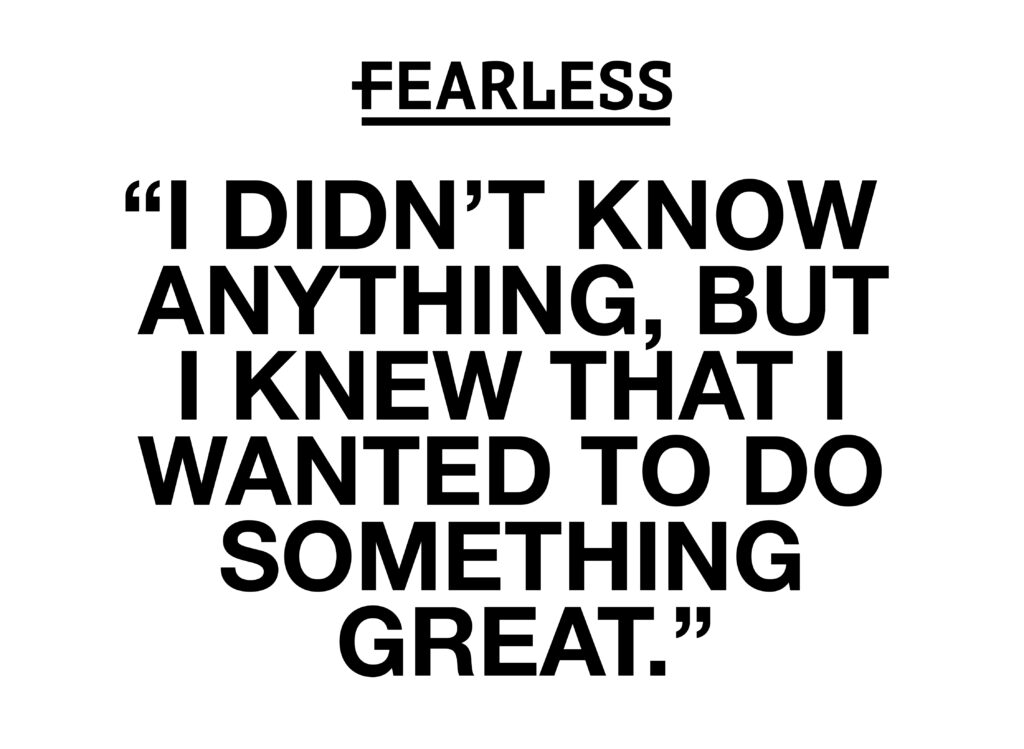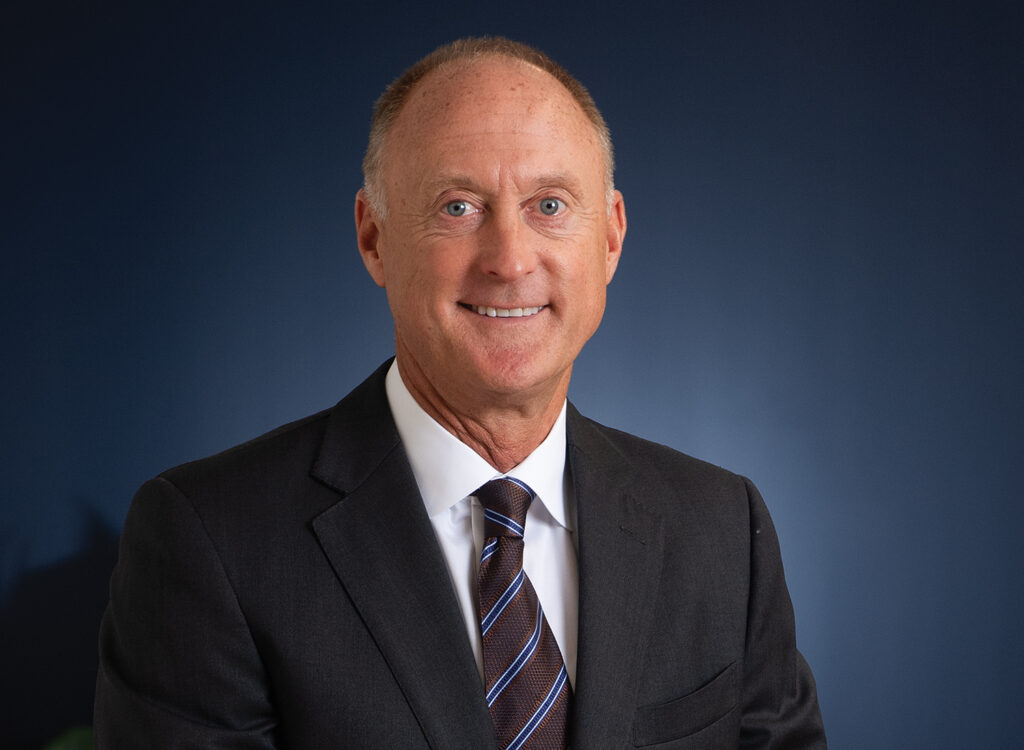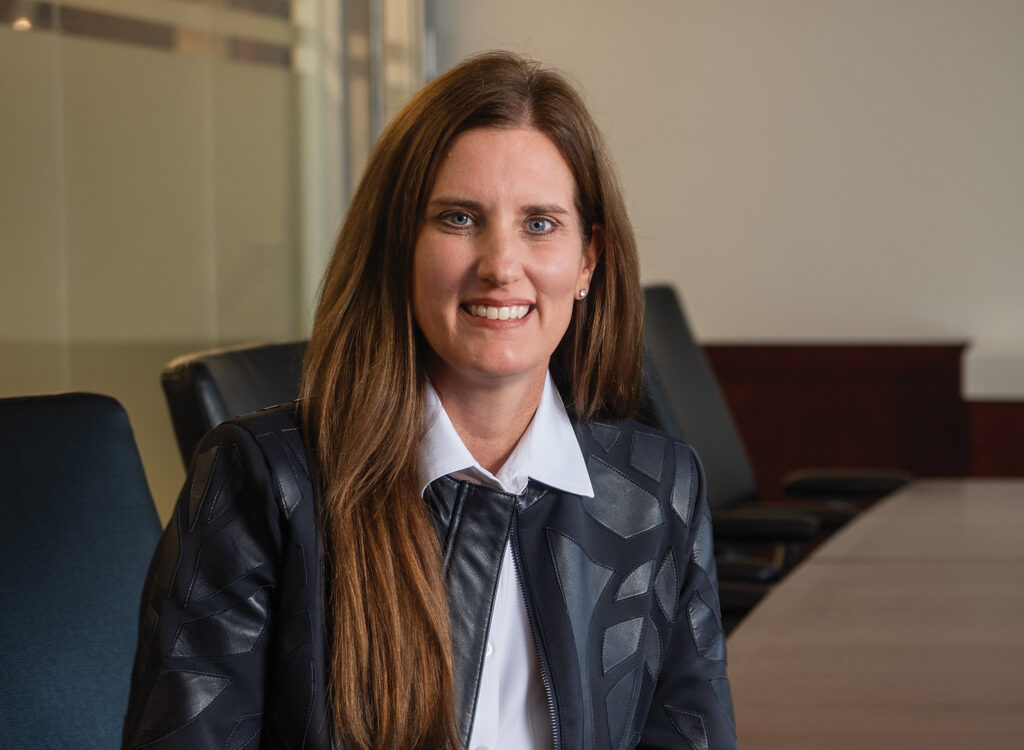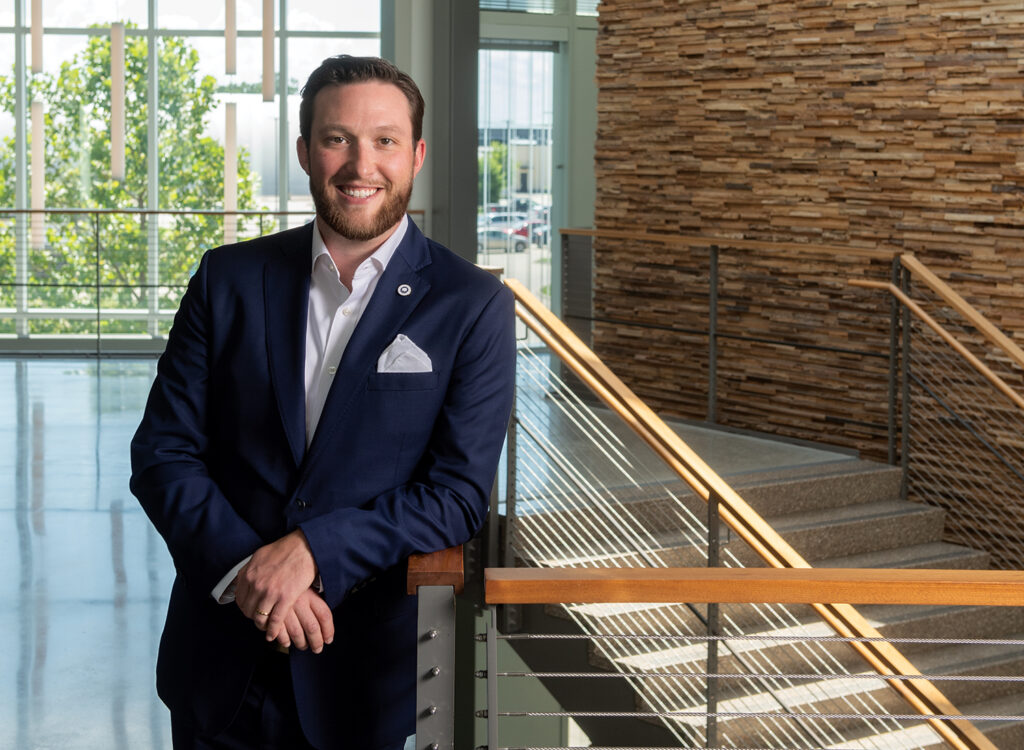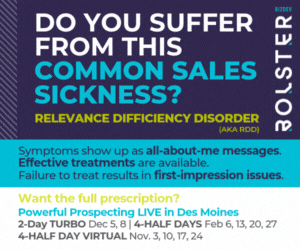McLellan: Referrals are not enough

DREW MCLELLAN Oct 16, 2015 | 11:00 am
3 min read time
601 wordsBusiness Record Insider, Sales and MarketingWhen I ask business owners and leaders how they get new clients, I am struck by how often the answer is “word of mouth or referrals.”
I worry about those organizations.
I understand the attraction of this customer acquisition model. It’s one less thing you have to do (marketing), it feels good to have your clients send their friends in to see you, and it appears to be less costly. I think for some business leaders it’s also a badge of honor in a strange way. “We don’t have to market our services; people just come flooding in from our referrals.”
On the surface, I see the appeal, but I don’t believe any organization can rely on that channel alone. If it were possible, do you think companies like Apple and Harley-Davidson, which have huge and rabid fan bases, would still spend money on marketing?
Don’t get me wrong. Everyone likes to grow their business organically. But it’s not enough, and in fact, it can sometimes hurt your business.
I’m a huge proponent of word of mouth. After all, at my agency, we promise to help our clients create love affairs with their customers, all with the goal of generating buzz and word-of-mouth endorsements. It’s not that I don’t recognize the power of that channel for new customers. But you can’t rely on it alone.
Referrals, by their very nature, are completely out of your control. You can’t predict when a happy customer will tell someone about you or if their audience has any need for what you do.
You also can’t predetermine whom they’re talking to and if that prospect is in fact a good prospect for your business.
Here are some of the challenges of the referral-only model:
Wrong fit: When you count on referrals and your business depends on them for its growth, you’re often caught in an “almost right” position. When you have to take the business that walks in the door, you don’t get to choose whom you work with.
Hopefully you’ve taken the time to identify your sweet-spot customers — those people you can delight over and over again and have a consistent need for what you sell.
But when you are beholden to taking whoever is sent your way, you don’t get to screen them for compatibility. Then you may end up working with people who aren’t really the perfect fit, and in the end, you can’t make them happy.
There’s no such thing as a bad customer. But there is definitely a bad customer for you.
Well-meaning clients often refer bad fits your way.
Their universe is too small: Even when your customers send you good-fit customers, there just aren’t enough of them. I don’t care how connected your clients are or how influential they are on social media; they can’t consistently keep you busy in the long run.
Odds are, they aren’t talking about you every day. Nor is someone asking them for a referral to a business like yours every day.
So when you do the math — small sphere of influence, infrequent mentions and even more infrequent inquiries — you can see the problem.
No matter how much they love you and rave about you, you’re just not the center of their universe, and their universe isn’t large enough to sustain you in the long run.
But have no fear: If you live by the referral method, there’s hope.
In next week’s column, we’ll explore how you can leverage the power and credibility of referrals in a way that maximizes the good and eliminates some of the method’s downsides.





